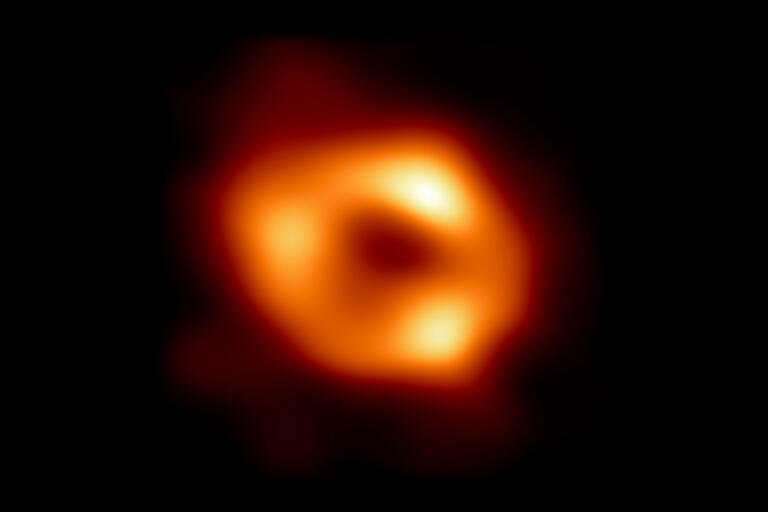Bing Zhang
Biography
Bing Zhang is a distinguished professor in UNLV’s department of physics and astronomy who researches high-energy astrophysics, which explores the energy emitted by powerful stellar masses, like black holes and neutron stars. Zhang is especially knowledgeable about fast radio bursts (FRBs) and gamma-ray bursts (GRBs), the most luminous explosions in the universe.
Zhang’s main research interests include transient astrophysics, jet and accretion physics, multi-wavelength astrophysics, pulsars, gravitational waves, X-rays to low frequency radio waves, and other general topics relating to astrophysics. His research papers have been cited over 35,000 times by peers in his field, and his work has been recognized by NASA.
A frequent media source to top media outlets like CNN and Vice, Zhang is the author of The Physics of Gamma-Ray Bursts, a textbook that is taught today in graduate classes for students studying gamma-ray bursts and is frequently referenced by fellow researchers.
Prior to joining UNLV in 2004, Zhang did postdoctoral fellowships at NASA’s Goddard Space Flight Center and Pennsylvania State University.
Education
- Ph.D., Astrophysics, Peking University
- M.S., Astrophysics, Peking University
- B.S., Geophysics, Peking University
Related Links
Search For Other Experts On
science & technologyBing Zhang In The News
Articles Featuring Bing Zhang
UNLV Newsmakers 2025: January
Headlines and highlights featuring the students and faculty of UNLV.

UNLV Newsmakers 2024: September
A monthly roundup of the top news stories featuring UNLV staff and students.

Massive Merger: Study Reveals Evidence for Origin of Supermassive Black Hole at Galaxy’s Center
UNLV astrophysicists analyze data from Event Horizon Telescope’s groundbreaking imaging of Sagittarius A* and suggest it formed by merger of two black holes roughly 9 billion years ago.

Study: Plasma Bubbles and the "Engine" of Cosmic Fast Radio Bursts
New study by international team of scientists in the journal Nature has discovered the origin of the persistent emission of radiation observed in some deep-space fast radio bursts.

